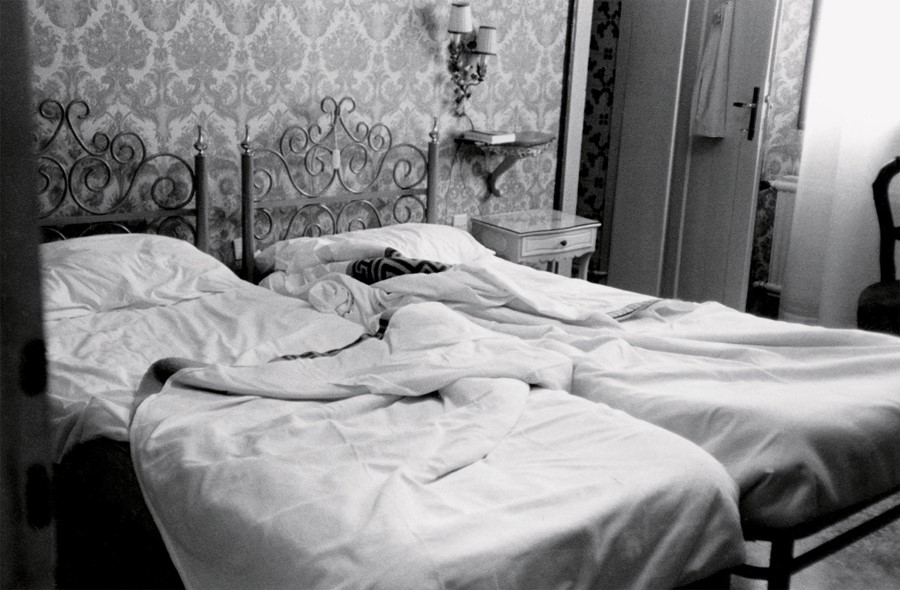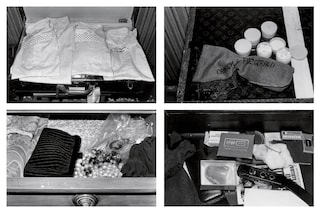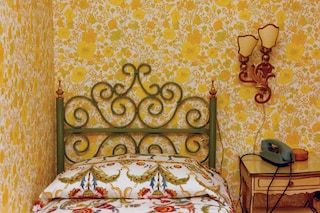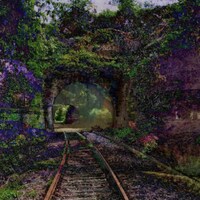As 1999’s The Hotel is published standalone for the first time, we take a look at what this controversial artwork can teach us about the allure of voyeurism, absence, and adventure
There’s nothing so tragic or boring it can’t be transformed into a curious adventure – when transfigured by Sophie Calle’s extraordinary gaze, that is. Blurring the distinction between fiction and reality, the work of France’s most celebrated and provocative conceptual artist injects the landscape of normal life with a heightened sense of narrative and epic drama. Even the inconsequential coincidences of everyday become major plot twists in the strange, stylish, and cinematic world of Sophie Calle.
Calle’s voyeuristic and exploratory artworks, which utilise aspects of performance, photography, text, film, and installations, have attracted criticism over the years as she’s tested and breached the boundaries of public and private life, excavating her own experience and often invading the privacy of strangers. Her elaborate art assignments have imperilled her in various ways as she‘s invited passers-by to sleep in her bed (“The Sleepers”, 1979), trailed an unknown man across Europe (Suite Vénitienne, 1980), and publicly exposed her rawest moments of grief and heartbreak (Douleur Exquise, 2005).
Now, as her controversial work, The Hotel (1999) is published for the first time as a stand-alone work by Siglio Press, we look again at this seminal work and consider the ways in which Sophie Calle has turned absence, risk, and mundanity into compelling and elaborate art experiments.
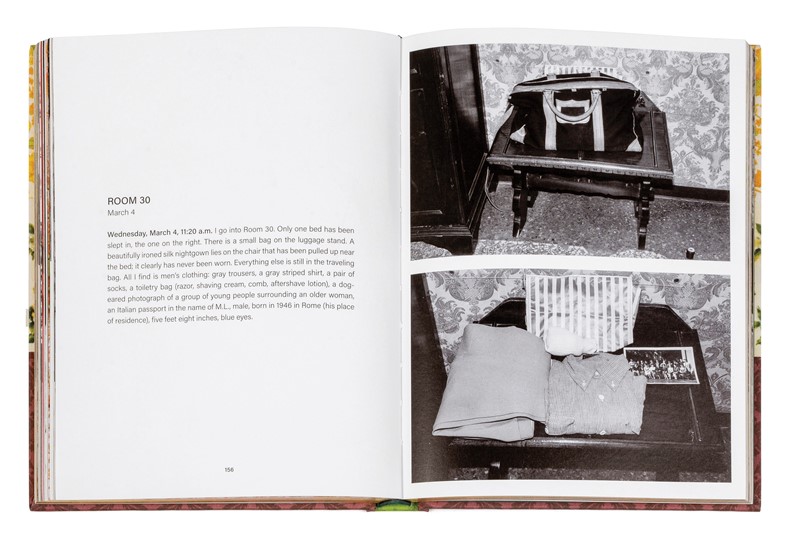
ART IS AN ADVENTURE
Drawing on the conventions of psychogeography and performance art, Calle’s “games” often involve responding to a set of arbitrary rules. As with the work Marina Abramović, Calle’s practice is about enduring and connecting with the present moment and all it has to offer, but they’re also driven by a sense of mischief, adventure, and a profound curiosity about the apparatuses of desire, identity, mystery, fantasy, and intimacy.
“On Monday, February 16 1981, I was hired as a temporary chambermaid for three weeks in a Venetian hotel. I was assigned 12 bedrooms on the fourth floor, ” she writes in the opening of the book. “In the course of my cleaning duties, I examined the personal belongings of the hotel guests and observed, through details, lives which remained unknown to me. On Friday, March 6, the job came to an end.”
At the heart of this premise is a mystery of her own creation, pre-ordained to reach no conclusion. While it hangs on the framework of a detective novel, there’s no crime at the centre of the plot – just the artists’ self-imposed assignment to examine and observe the artefacts of the unknown guests who happen to be staying in these particular rooms during the period in which she is present. The work is driven entirely by Calle’s curiosity about the partially revealed lives of these random strangers, and her willingness to abide by the rules of a game of her own making.
THERE IS NO SUCH THING AS MUNDANITY
Having been allocated the care of 12 rooms on the fourth floor of Hotel C, she smuggled her camera and tape recorder to work among her cleaning utensils and, moving from room to room, documented her findings in the manner of a forensic scientist or a private detective.
Alone in the guests’ private quarters, Calle cleaned and tidied while also methodically inspecting their possessions and recording her observations. She examined and tried on strangers’ clothes, inhaled their perfume, read their diaries and unsent postcards, rifled through their bins, and inspected their soiled sheets. Arranging and photographing these “clues”, she speculated on the identities of the absent guests.
Through the transformative power of her own curiosity and imagination, she not only converts the monotony of the labour itself into a cerebral and creative undertaking, but her speculations about the occupants of the rooms confer upon them a sense of mystery and intrigue they would be no-doubt lacking outside of the circumstances of her game.
Entering the room of a couple she has previously overheard loudly making love, she writes: “I go in… In the suitcase, there are two pairs of women’s panties, tampons, a pair of men’s underpants, a tube, and a jar of Vaseline. The bedroom is a mess.” And the normal detritus of a shared double room immediately invested with the drama and suspense of a scene from a film.
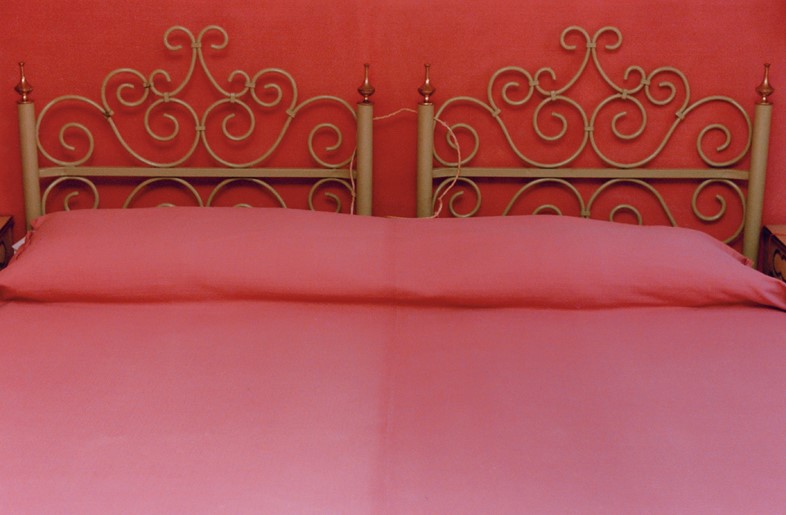
THE DEVIL IS IN THE DETAILS
“He has finished the apples and oranges. The wastebasket is full of peels,” Calle records on Wednesday, February 18 at 9.40am. “He’s still on page 198 of Somerset Maugham’s book.” No detail is too small, nothing is beneath her notice.
She excavates the minutiae of the scene like a criminologist combing for clues. And these details – details that might otherwise seem mundane – take on an evocative new aspect when related in this way. Just the act of documenting the contents of the bin and the slow progress he’s making with his book invests these otherwise inconsequential observations with the mystery of a Hitcock plot twist. There are no accidents and nothing is inconsequential. It invites us to not only picture the habits and preoccupations of the unknown guest but to wonder if these actually are somehow clues. If so, what is the mystery?
“He is gone,” she concludes the following day. “He has left his orange peels in the wastebasket, three fresh eggs on the windowsill, and the remains of a croissant which I polish off. I shall miss him.”
ABSENCE IS ALLURING
Throughout the book, Calle develops theories about the identities of the guests by tracing the contours of their absence… the impressions of their bodies in the many vacated, unmade beds, the discarded detritus in their wastepaper bins, the garments hung in the wardrobes, devoid of bodies.
Absence is a vital component of Sophie Calle’s work in a variety of ways. From the mystery figure at the centre of The Address Book (2021) to the lost lover who inspired Take Care of Yourself (2012), missing or absent persons leave a negative space that becomes the template around which the work takes shape. Yet, more often than not, these central figures are simply arbitrary placeholders whose fascination lays only in the unoccupied space they leave vacant.
On the occasion when she’s disturbed by a guest reentering their room, it registers as an intrusion rather than an opportunity to gain clarity on her suppositions. In one description she writes: “Sounds in the hallway. I close the diary. As I put it down, someone enters the room. I pick up my rags, my bucket (where my camera and tape recorder are hidden), lower my gaze, and leave. He is dressed the way I thought; he is about 28, with a weak face. I try to forget him.”
While The Hotel focuses on making deductions about strangers, Calle resists absolute conclusions. Here, there is no space for the bodily reality of the guests whose private lives we are probing, to the extent that Calle actively attempts to “forget” this incursion. Perhaps she fears their presence would derail her project or intrude on the process of speculation. Maybe she wants to defer the denouement of the mystery she’s constructed. Perhaps she wants to retain the power and privilege of the detective’s distance. “Hospitals and graveyards are not places that paralyse me,” she told The Guardian in 2017. “They inspire me and my work, it’s what has always been attracting me – absence, missing, death…”
BE A VOYEUR
If art is “the thing no one asked you to do”, then The Hotel is “the thing no one consented to Sophie Calle to do.”
Like much of her work, this piece raises questions that are almost more pertinent today than they even were when she embarked on the project in 1981. What constitutes an invasion of privacy? What constitutes art? Calle’s art practice continuously challenges pre-conceptions of these definitions. She follows her obsessions where they lead her, accompanying the plot of the story she’s initiated until it reaches its conclusion, regardless of what boundaries she breaches along the way.
To some critics, it constituted an indefensible violation. Writing in Artforum, Yve-Alain Bois condemned The Hotel as an “absolute dismissal of privacy”. To others, the morally reprehensible (and possibly prosecutable) nature of Calle’s actions are transfigured as they undergo the process of aestheticisation. Slippage occurs between real life and art and the distinction begins to feel less important. And maybe this is the point at which Calle’s work really becomes thrilling… the moment when fantasy encroaches on reality in a tangible way and intrigue takes hold.
Take a look through the gallery above for a glimpse at Sophie Calle’s The Hotel, which is published by Siglio Press and is available now
